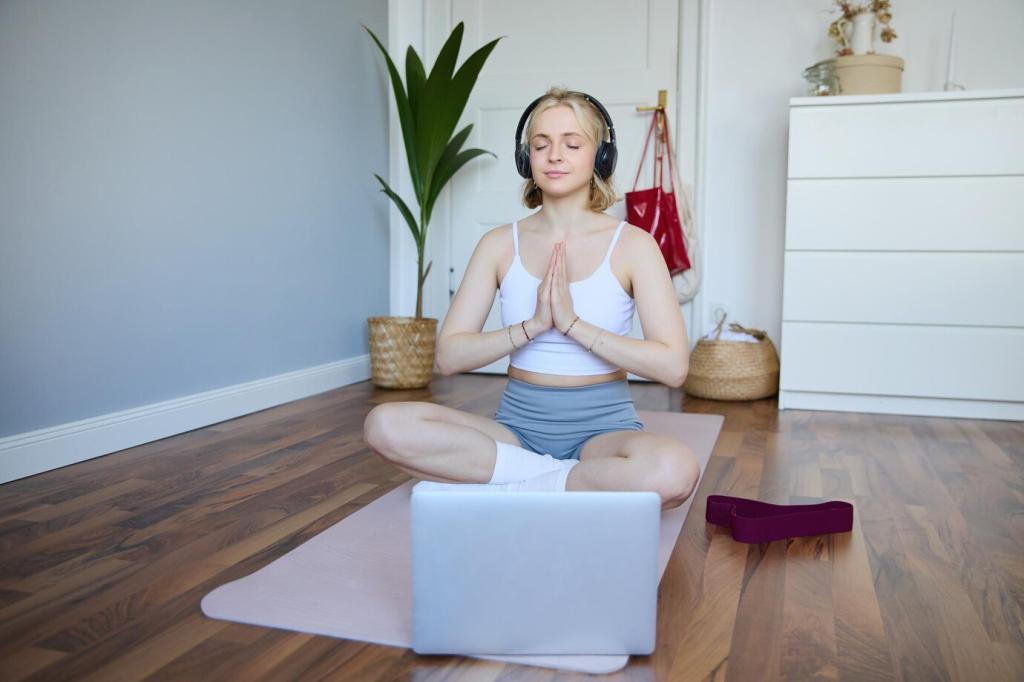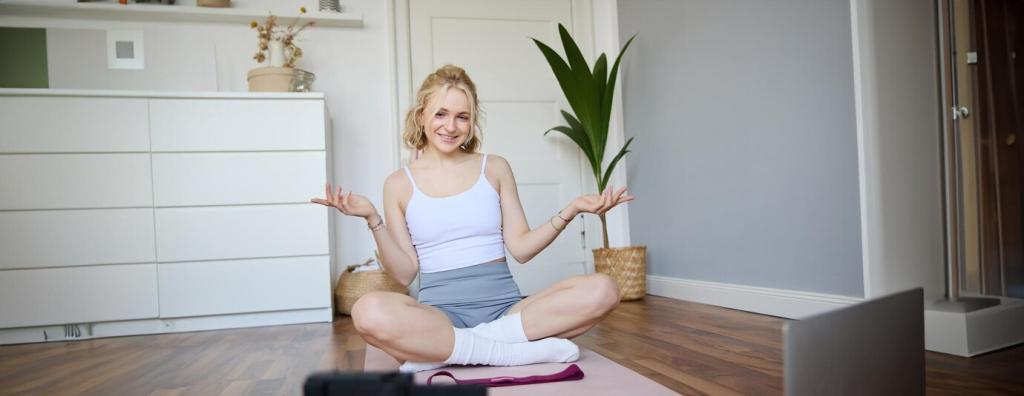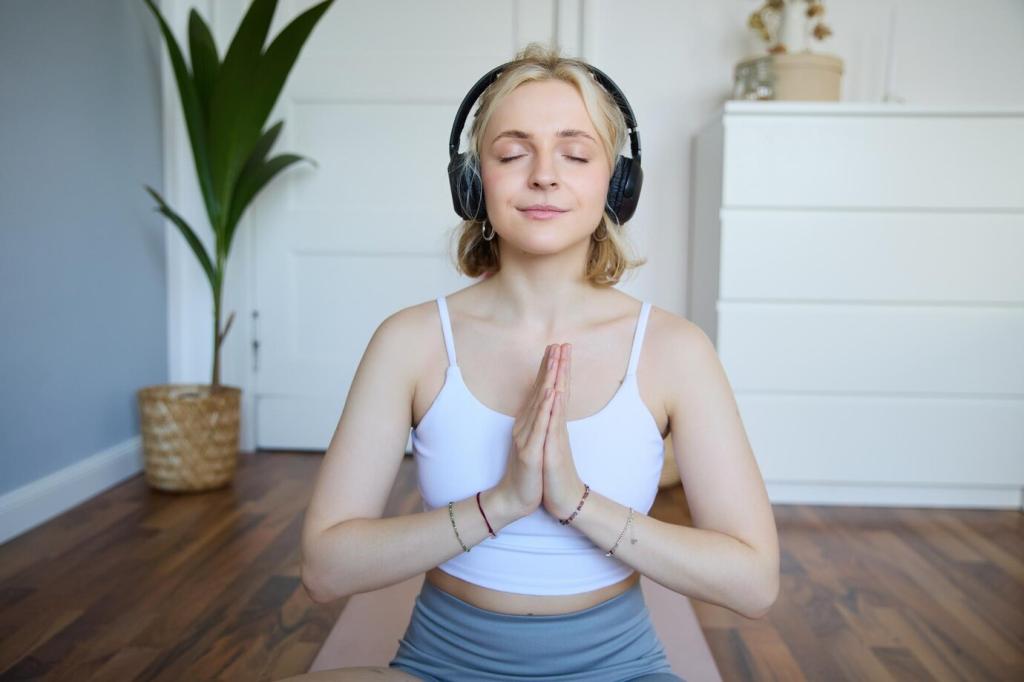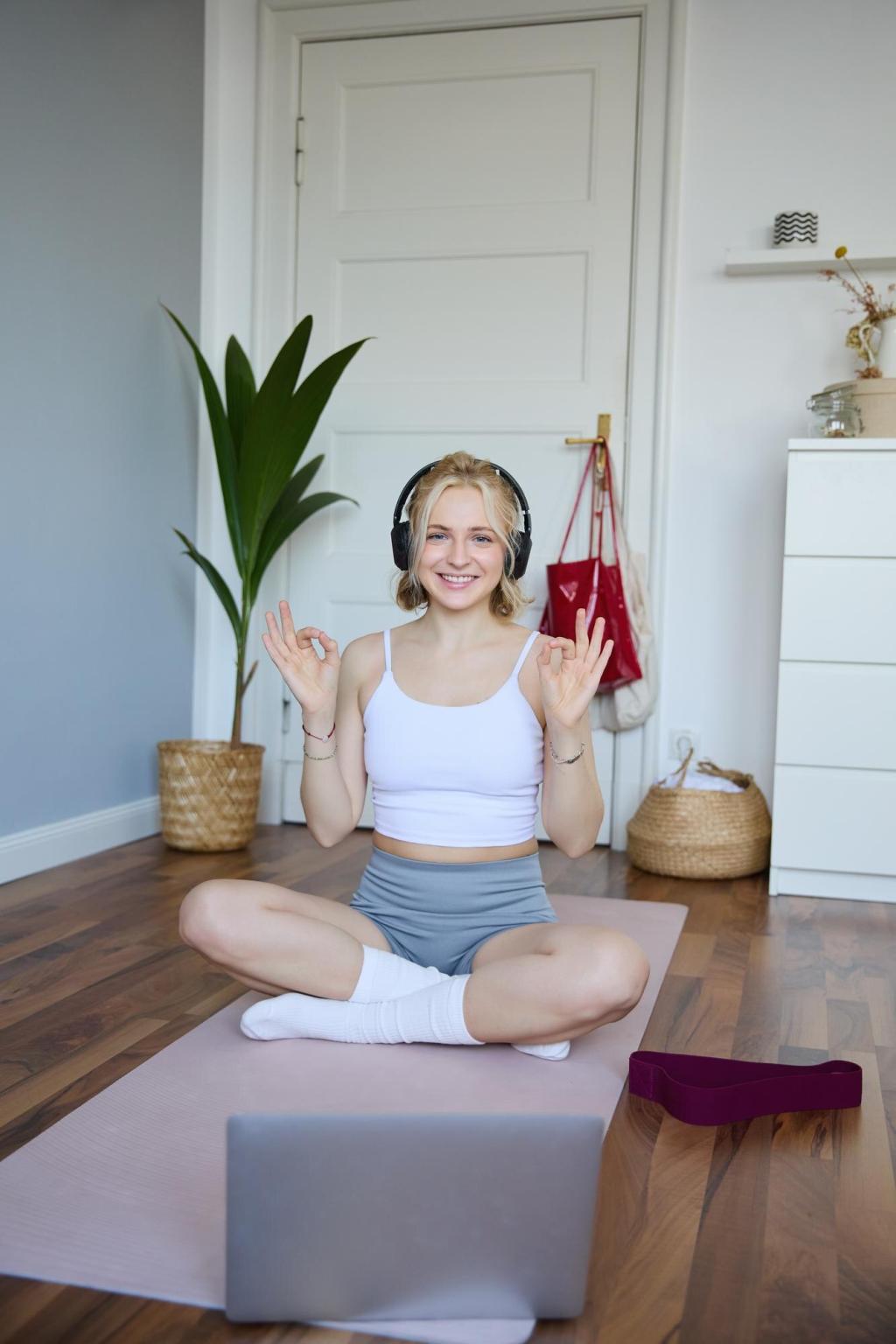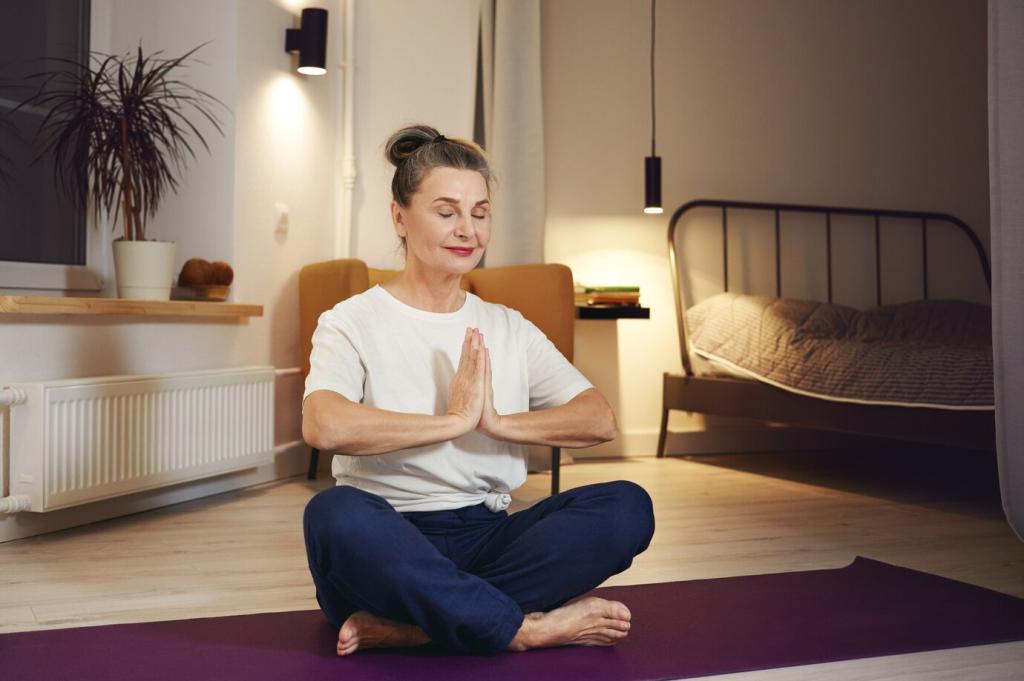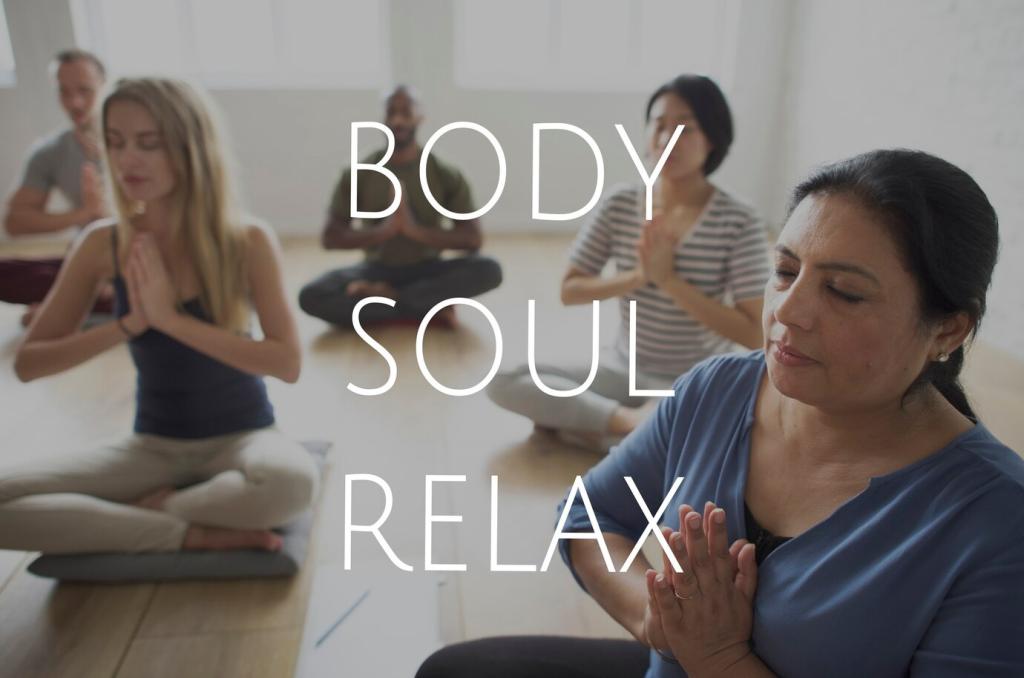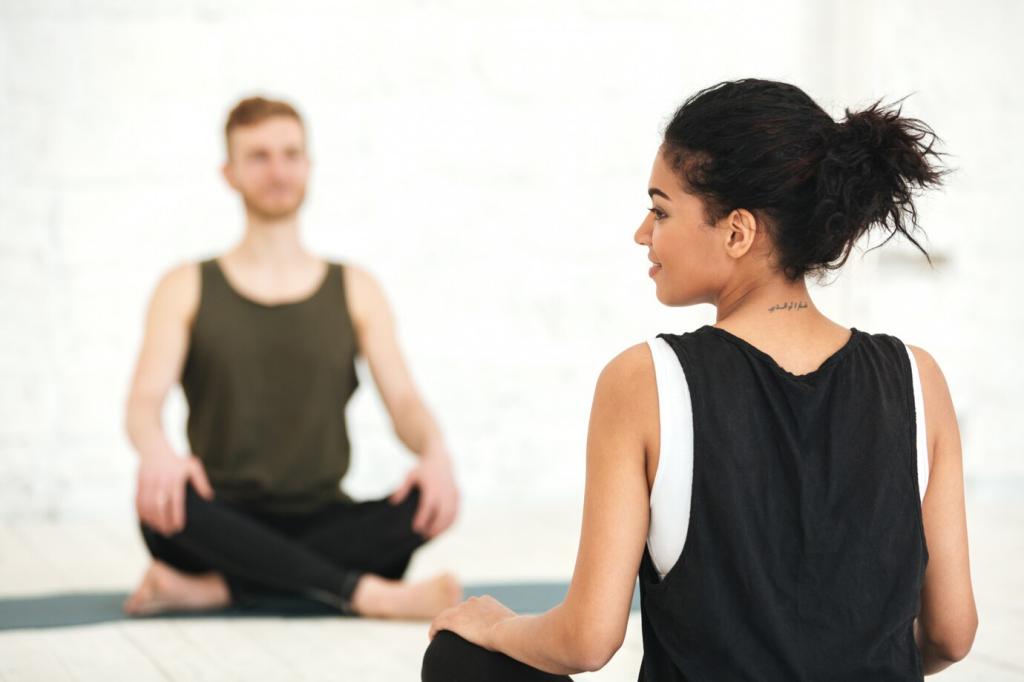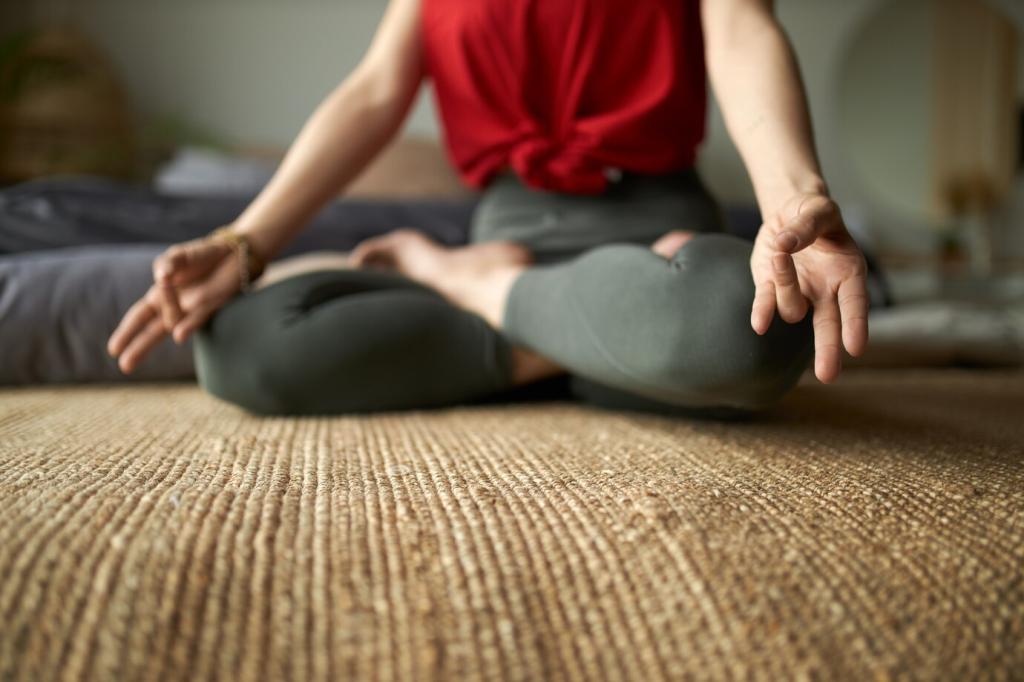Avoiding Beginner Pitfalls with PMR
PMR should never hurt. Use smaller contractions or skip sensitive areas. Replace tension with visualization if needed. When in doubt, consult a professional. Your comfort matters more than completing the full sequence perfectly every time.
Avoiding Beginner Pitfalls with PMR
Expect distractions. Label them kindly—thinking, planning, worrying—and return attention to sensation. Each return is progress. Progressive Muscle Relaxation builds steadiness like strength training: light, frequent reps count more than rare, intense sessions.

